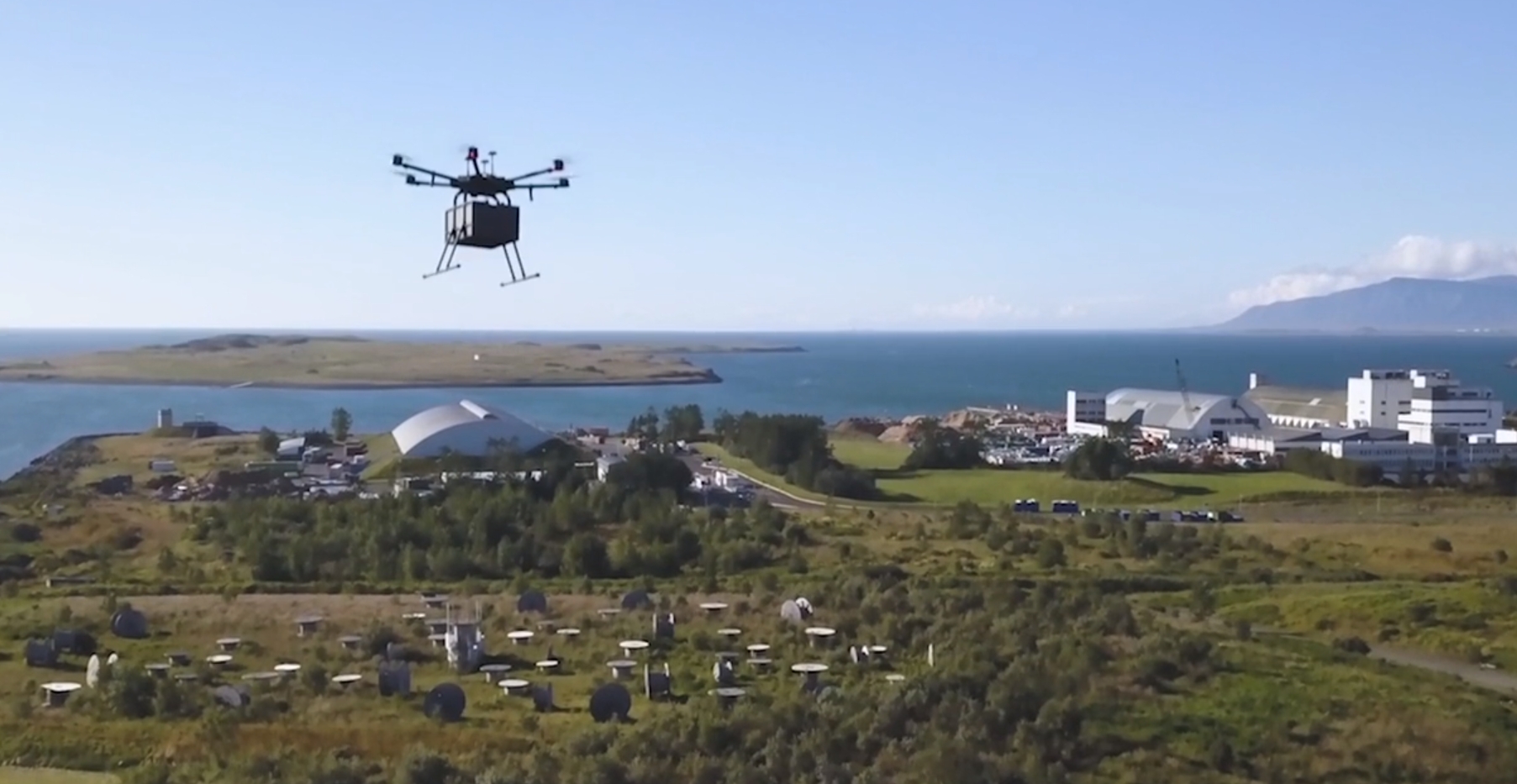
The acronym PAWR might sound familiar to you; If it doesn’t right now, it will. NC State is helping to revolutionize the technology that connects 5G and Unmanned Aerial Vehicles (UAVs), aka drones.
Last fall, NC State and several partners were awarded a $24 million grant from the National Science Foundation (NSF) to establish a Platform for Advanced Wireless Research or PAWR in the Research Triangle; this will be the first network of research platforms (or outdoor wireless research facilities) to advance the mutually beneficial connection between 5G and drones. The five-year grant is called the Aerial Experimentation and Research Platform for Advanced Wireless or AERPAW.
Drones support 5G by expanding 5G connectivity and coverage, and 5G reciprocates by providing improved signals and location data. In the AERPAW platform, drones will be flying Beyond Visual Line of Sight (BVLOS), which translates to covering greater distances cost-effectively, allowing for innovative results like these:
- Improved air traffic control.
- Safe package delivery for commercial and critical products like defibrillators and blood.
- Smart agriculture; collecting data from a variety of smart sensors on farms.
- Optimized cellular network coverage in the event of a natural disaster, significantly benefitting the response time of first responders and anyone trying to check in with loved ones.
- Reduced network latency from 40 to 60 milliseconds (ms) down to about 10 ms. This node-to-node network travel time will light up cloud gaming, robotics and more.
- New job opportunities resulting in an anticipated 22 million jobs by 2035.
Wolfpack strength
Thanks to the NC State Office of Information Technology (OIT) and Electrical and Computing Engineering (ECE) Department, the Wolfpack community has an enthusiastic front paw in AERPAW.
Electrical and Computing Engineering (ECE)
Dr. Ismail Guvenc, principal investigator (PI), leads the research effort for the entire AERPAW project. Guvenc is a highly accomplished and acclaimed associate professor in the university’s ECE Department.
Collectively, Guvenc’s Research & Development team provides expertise in drone experiments and regulations while leading the development of AERPAW’s network architecture, drones, wireless experiments, and so much more.
Office of Information Technology (OIT)
OIT Security and Compliance (S&C) and Communication Technologies (ComTech) have been instrumental in transforming ECE’s research efforts into reality through expeditious project management and technical expertise.
When the university applied for the NSF grant, Dr. Marc Hoit of the pre-award team saw the need for a certified project manager. He asked Lavanya Sridharan, OIT S&C project manager, to help organize the project during the proposal-writing phase.
“The project team greatly appreciated her added structure for proposal development and overall support,” Hoit said. “Given her demonstrated value, the PIs factored her ongoing role into the multi-year grant budget.”
Project management: During the critical pre-award stage, Sridharan provided the support and structure the NSF needed to see. The NSF spent about half their site visit on project management. For large grants such as this one, structured project management is a major requirement.
Certified project managers bring the expertise required to factor in such project-planning considerations as risk management, stakeholder management and change management. For AERPAW, this service includes regular project updates to the PAWR Project Office, the partners, stakeholders, and all project-team members.
As a member of OIT S&C, Sridharan also has direct access to NC State cybersecurity professionals to provide guidance to ensure the AERPAW project team follow NSF-grant security requirements and university security standards.
Technical Expertise: Another major contributor to the project is Jason Proctor of OIT ComTech, who manages the network and installation of the three sites that comprise the Research Triangle PAWR.
As Jason explains, “My role is to manage the construction of the infrastructure required to establish and support the platform. This includes the installation of towers and other structures, electrical power and network cabling.” Since the grant was awarded, the first site construction was completed as were plans for the second site.
In this collaborative endeavor, OIT S&C and ComTech have made significant contributions to help the ECE Department realize its goals for the AERPAW grant.
